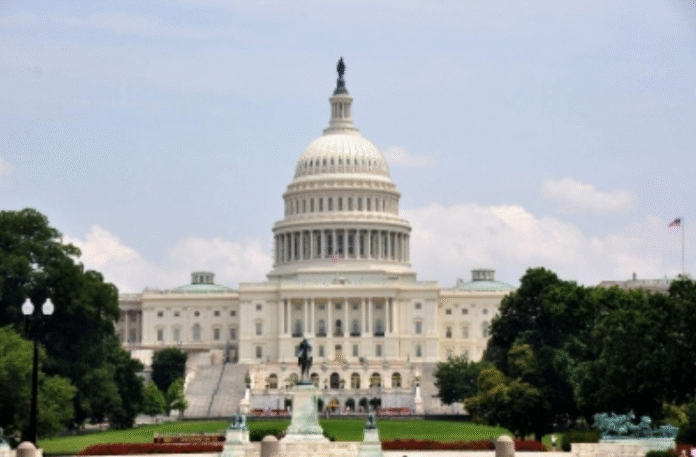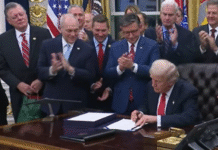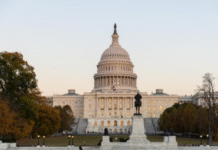WASHINGTON — The federal government entered its 27th day of partial closure on Monday, making it the second-longest shutdown in U.S. history, with no sign of a deal emerging between Republicans and Democrats.
The Senate returns to session this week, but leaders are not expected to act quickly on a House-approved measure to restore funding. The shutdown began late last month when Congress failed to pass a spending bill, forcing hundreds of thousands of federal workers to stay home or work without pay and leaving large parts of the government paralyzed.
Union leaders and federal employees are running out of patience. The American Federation of Government Employees, the largest federal workers’ union, said lawmakers should “pass a clean continuing resolution and end this shutdown today.”
The missed paychecks at the end of last week deepened the crisis for government families living paycheck to paycheck. House Speaker Mike Johnson said he was uncertain whether active-duty service members would receive their pay this week, adding to anxiety among military families.
The financial strain is spreading beyond Washington. The Department of Agriculture warned that funding for the Supplemental Nutrition Assistance Program—better known as SNAP—will run out by November 1. More than 40 million Americans depend on the program to buy food.
Essential agencies such as air traffic control, border patrol, and federal law enforcement continue to operate, but employees in those roles are working without pay. National parks, museums, and federal research centers have shut their doors or drastically reduced services.
Earlier this month, a federal judge barred the Trump administration from firing any federal workers during the shutdown, shielding furloughed employees from potential job losses.
At the heart of the stalemate is a bitter dispute over healthcare spending. The White House and congressional Democrats are blaming each other for the deadlock. Republicans argue that Democrats are demanding health benefits for undocumented immigrants, a claim Democrats call baseless. Democrats counter that they are simply seeking to restore funding for American families after cuts made in what the administration had dubbed the “Big Beautiful Bill.”
Republicans control both chambers of Congress but lack the 60 votes needed in the Senate to advance their funding proposal, leaving the standoff unresolved.
With each passing day, the shutdown inches closer to the record 35-day closure of 2018–2019 — and millions of Americans are feeling the consequences. (Source: IANS)











